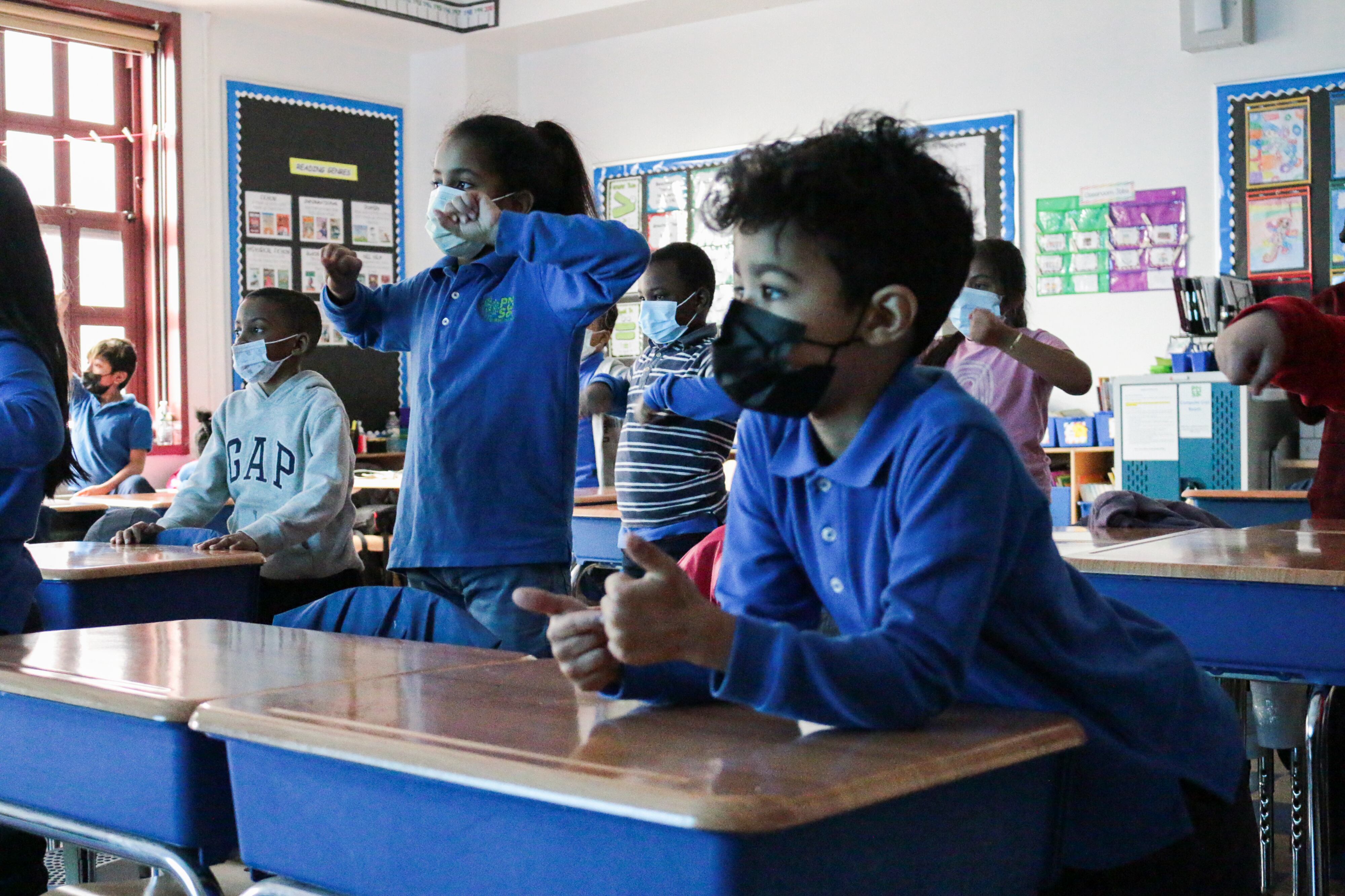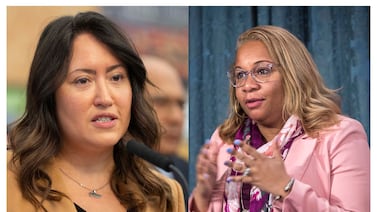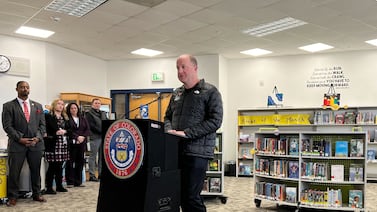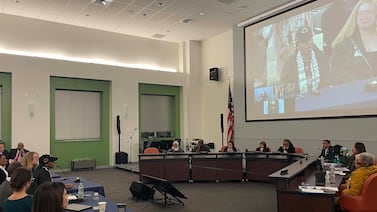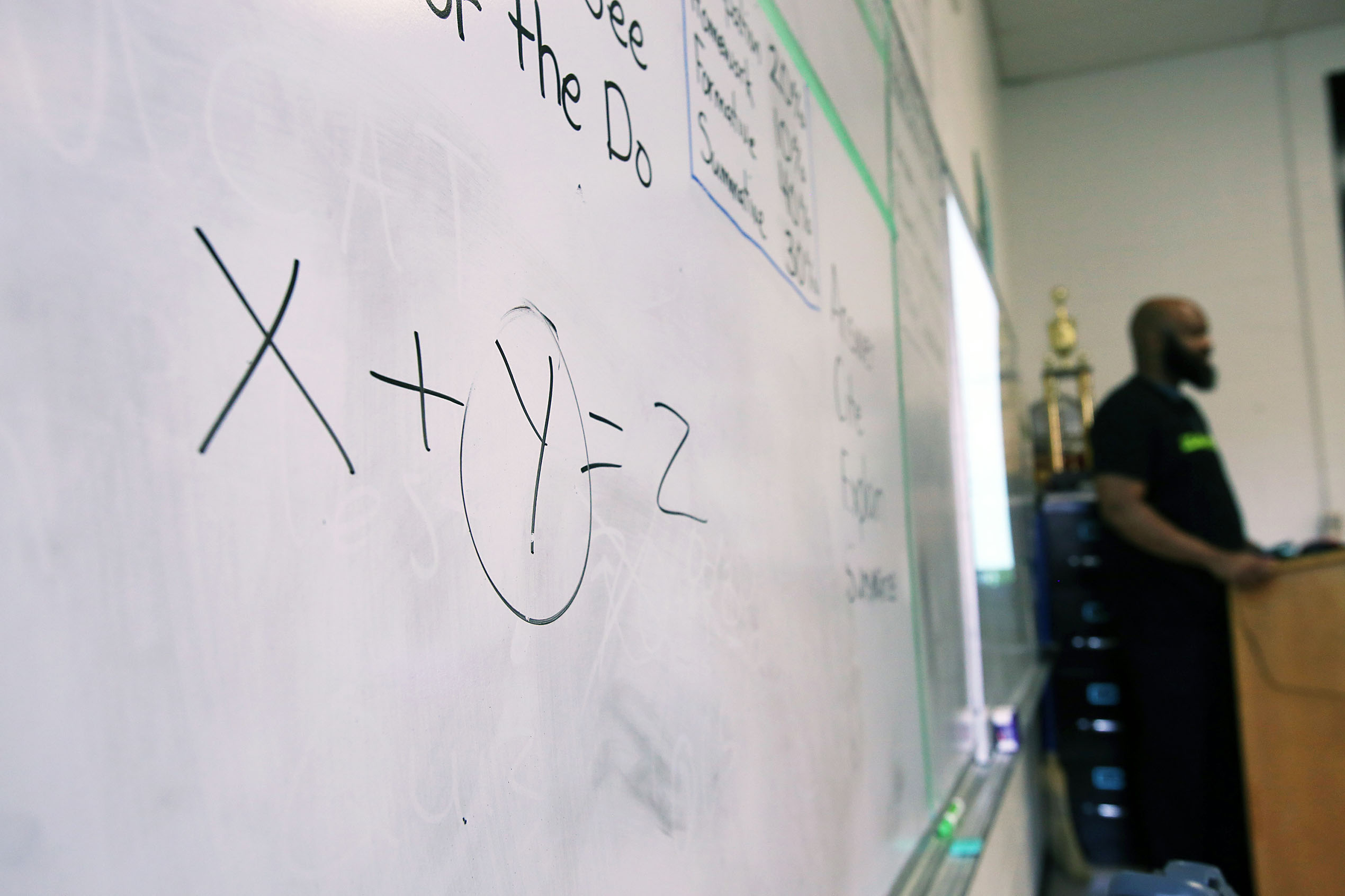As schools across the city grapple with the mental health fallout of the pandemic, Chancellor David Banks indicated this week that the education department is in the process of introducing breathing exercises for all students.
“We are looking at rolling out two to three minutes of breathing technique[s] for every student in New York City schools as we go into next school year,” Banks said during a panel discussion this week hosted by Educators for Excellence, a teacher advocacy group.
“The pandemic was not the first challenge that a lot of our kids are gonna face and it won’t be the last,” Banks added, responding to a teacher’s question about his vision for social-emotional learning. “We have to teach them the life skills that they need, to know that in the face of trauma and challenge, how to center yourself.”
Education officials did not respond to questions about how the breathing program would be implemented, if it would involve using a specific curriculum, and how much the effort will cost. Banks noted that he’s hoping to build on techniques that are already in place at some schools and suggested the breathing lessons will begin “mid year.”
Addressing student mental health is a growing concern, as many students experienced trauma during the pandemic including the loss of loved ones. Social bonds frayed during long periods of remote instruction and students were more disconnected from their peers and teachers. Changes in behavior have been clear since students returned to school buildings full time, some educators said, including age-appropriate behaviors, struggling to make it to school at all, or even getting high during the school day to cope with anxiety.
Teachers offered mixed reactions to Banks’ suggestion that the city will institute breathing exercises across the school system.
Eli Levine, who teaches gym, health, and wellness at P.S. 91 in the Bronx, said he regularly incorporates breathing exercises in his instruction. It can help make students feel ready to learn, decrease anxiety, or even help educators figure out what’s going on with a student who has erupted in tears.
“I’ve done it so many times over the years when kids are crying or really upset and you’re trying to figure out why,” Levine said. “I have them do deep breathing until they are able to verbalize what’s bothering them.”
Still, Levine said he also sees possible downsides to rolling it out across the city, especially if teachers see it as an intrusive mandate into their already busy schedules and don’t explain to students why it might be helpful.
“If it’s sort of a Pledge of Allegiance where they get on the intercom and say, ‘we’re going to do two minutes of breathing’ — I’m not sure it’s the best way to do it for kids,” he said.
Other teachers said they were frustrated that Banks hasn’t sketched out a more detailed vision of what he thinks social-emotional learning should look like.
Liz Haela, a middle school teacher at the Urban Institute of Mathematics in the Bronx who attended the panel discussion, said she didn’t have a problem with breathing exercises, but wanted to hear more about how the city plans to address students’ emotional needs, especially those who come from low-income families or are homeless.
Breathing exercises are a “lackluster, inefficient way to really address social-emotional needs,” she said, noting that she wished for a more comprehensive approach to student wellbeing. She said her school has struggled, for instance, with an uptick in bullying this year around students’ sexuality, appearance, and family background.
Banks has not yet offered a detailed set of proposals for tackling student wellbeing and has instead largely focused on efforts to improve early literacy instruction and expanding students’ exposure to career paths before they graduate. And some of the education department’s previous efforts to measure and address student mental health have earned mixed reviews from educators, including a required social-emotional screener that officials later made optional.
Still, city officials have taken some steps in recent years to address student mental health, guaranteeing every school access to a social worker or on-site mental health clinic, and expanding the number of schools that partner with nonprofits to provide a range of social services. (A substantial chunk of those programs are funded with one-time federal relief dollars, raising questions about their long-term sustainability.)
Banks seemed to anticipate that some educators might want a deeper vision about how he plans to approach student mental health and wellbeing beyond breathing exercises.
“We just got one year under our belt as a new administration,” he said. “There’s so many more things that we are working on that will be coming out and that’s just one.”
Alex Zimmerman is a reporter for Chalkbeat New York, covering NYC public schools. Contact Alex at azimmerman@chalkbeat.org.

